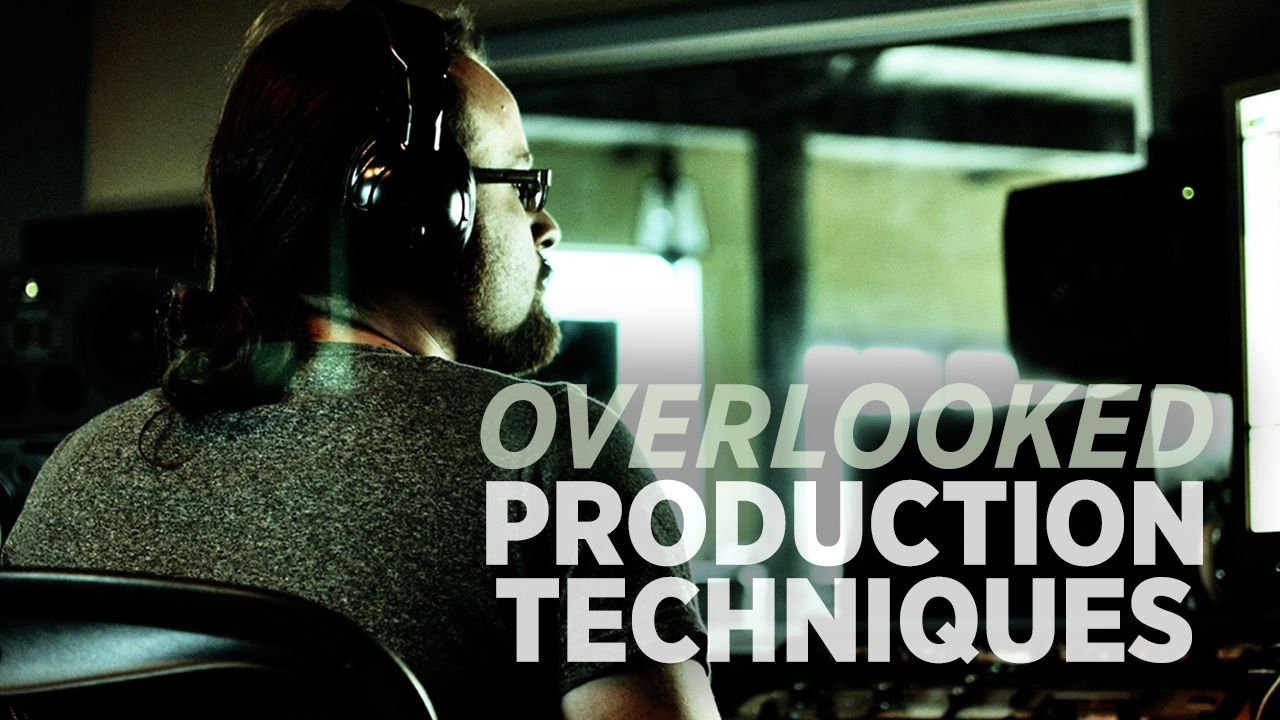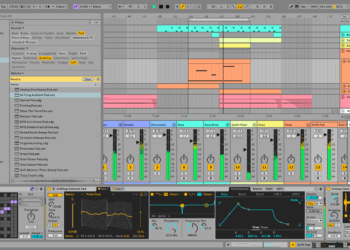Producing music is hard work – and even when it’s a daily routine, it can be easy to forget important techniques and elements that make a song a real winner. Today we’re rounding up a few lessons from a powerful discussion on Reddit, with some incredibly useful tips for avoiding overlooking key production techniques.
Music production is one giant rabbit hole, with so many facets that it becomes nearly impossible to keep track of everything when making a track. That is why having friends listen to tracks, collaborating, and even testing a track on a club’s sound system helps producers find aspects that were overlooked during the first production sessions.
A recent discussion in the /r/edmproduction discussed some important aspects that music producers commonly overlook. The whole thread is worth sifting through, but we’ve collected a handful of key tips that producers should think about next time they’re in the studio.
Don’t Depend on Percussion Loops
KLN_PRKR‘s initial post started the conversation with the advice to not get in the habit of grabbing a percussion loop and leaving the loop in the track. Oliie responded directly, noting about percussion loops:
Comment
byu/KLN_PRKR from discussion
inedmproduction
Loops are great for sampling and ideas however it is going to take a lot of trial and error to find the perfect loop that fits the already written bass or synth line.The alternative is to get in the habit of creating percussion loops. This practice gives the percussion section the same groove as the rest of the track and expands a producer’s ability to create rhythmic patterns.
Speaking of rhythm, don’t let all the drum hits stick at 100% velocity. PSteak offered a great example of Nine Inch Nail’s drummer playing “Wish” live:
Notice how the pattern, if sequenced straight with a DAW, is just a bunch on 16th notes. Everything at 100% velocity would leave the drum pattern sounding like a machine gun stutter. However, a variance and accents on the one (this varies on the type of hit) give the pattern life through rhythm.
Reference Tracks and Learn From (Insert Favorite Producer Here)
Comment
byu/KLN_PRKR from discussion
inedmproduction
Blooming producers have a lot to learn when it comes to music production and one of the most overlooked aspects discussed among producers is song arrangement. There are of course issues with standardized arrangements being used in every single track under the sun, but it is crucial to understand typical arrangements and why they work so well. For example, dance music’s most common song structure is a four to the floor beat filled within an intro, chorus, verse, chorus, bridge, chorus, and outro. These arrangements are outlines for blooming producers and the best way to learn the outline is by referring to a track from a more established producer.
A technique that is recommended often is taking a track and dropping it into a DAW. Slice the track into different sections (intro, verse, chorus, etc.) and name each section appropriately. Then, build a track following that arrangement. Once the arrangement is dialed in, then feel free to innovate within.
Author’s Note: There’s a lot of room for debate here re:arrangement, discuss more in the comments about creativity, style, and standard sounds.
Spacing, Tension, and Release
As Claude Debussy once said, “Music is the space between the notes.” While some producers struggle with making their tracks sound “full” (more on this later) there is the other end of the spectrum full of producers with tracks that sound cluttered or lack the tension and release that make a track into a beast. All great tracks, ambient or powerful, play with space. This comes into play as space between instruments, space between FXs, and space between two parts of a track.
Comment
byu/KLN_PRKR from discussion
inedmproduction
While it may be overkill for the average to producer to spend a year studying Ahmad Jamal like Miles Davis did, consider the following tips:
- Get rid of the scraps and keep the meat. Less is more if there is enough space for every sound. – The_Real_dubbedbass
- .5 to .1 second pauses can make a huge difference on a tracks tension and release. Play around with pauses between different sections of a track. – fambamusic
Tension and release can also be a huge factor when creating on-the-fly buildups when DJing – watch Ean’s advice on that below:
Get the Audience to Hum the Track
Comment
byu/KLN_PRKR from discussion
inedmproduction
A catchy song is commonly defined by the melody. It may be hard for the average DJ to admit they can hum the melody to Levels, but chances are they can because the melody is repetitive (grabs the audience’s attention) and interestingly varied (keeps them interested / attentive).
Along the same lines, it is important to make the distinction that pleasure listening music and club music vary when it comes to melodies. Whereas pleasure listening music has interesting, complex melodies, club music melodies may be as simple as two bars of notes.
Humanize the Sounds
Comment
byu/KLN_PRKR from discussion
inedmproduction
Music is dependent on rhythm and groove which can’t always be replicated naturally by a DAW. The liveliness of a track comes from the human touch producers give to tracks which can be done through a multitude of ways.
- Automation is the key to making a track seem “fast-paced” while also keeping everything exciting.
- Playing percussion patterns can turn a stale loop into a funky one. This also will help build a producer’s understanding of rhythm.
- Melodies also can be humanized by playing notes almost on beat. The best way to get a good melody loop is by recording a producer playing the melody over and over again. Then go back and find the best version that sounds natural, but also is in-time with the rest of the track.
Sound Design
Sound design is a gnarly beast to conquer for a young producer however it is not all auditory science. There are a few tricks to incorporate that can make a track sound even better.
- Maximize the signal to noise ratio by widening certain instruments and condensing the others. Research gain staging to help with this. Synths generally span over the entire track where as snares will hit directly in the middle. – yungstur, Holy_City
- Clipping (generally) shouldn’t occur anywhere in the mix. This means a producer should look at the levels within the effects in a chain as well as on each channel. – yungstur
- “Stereo width. Mono your sub frequencies, don’t push out your high frequencies too far or they’ll sound disjointed and awkward.” – TheShayo
- Pitching snares, kicks, and percussions can make a track sound even more harmonic although this isn’t always necessary depending on a producer’s genre and how low the frequencies are for each drum hit. This is a vital for trap and dubstep producers to take productions to another level. – cerulean94
There’s a lot to remember when it comes time to make a track in the studio. While we highlighted some of the important aspects that are overlooked when producing music there is still a lot to take into consideration such as FX (use them!), frequency competitions, and the importance of polarization. A producer won’t catch everything, but excelling with a handful of tools will compensate for any short comings.
Header image credit: Cakewalk / Dan Gonzalez
What are some important aspects of production that you find producers overlook? Let us know in the comments!









